The United States boasts some of the world’s most breathtaking natural landscapes, offering outdoor enthusiasts countless opportunities for adventure. For those with a passion for both camping under starlit skies and scaling magnificent rock faces, the question arises: is it possible to enjoy both experiences in a single weekend? The answer is a resounding yes! Across America, numerous destinations allow adventurers to pitch their tents near world-class climbing routes, creating the perfect backdrop for an action-packed weekend getaway. From the towering sandstone cliffs of Utah to the granite monoliths of California, let’s explore the premier locations where you can seamlessly combine camping and climbing for an unforgettable weekend escape.
Joshua Tree National Park, California
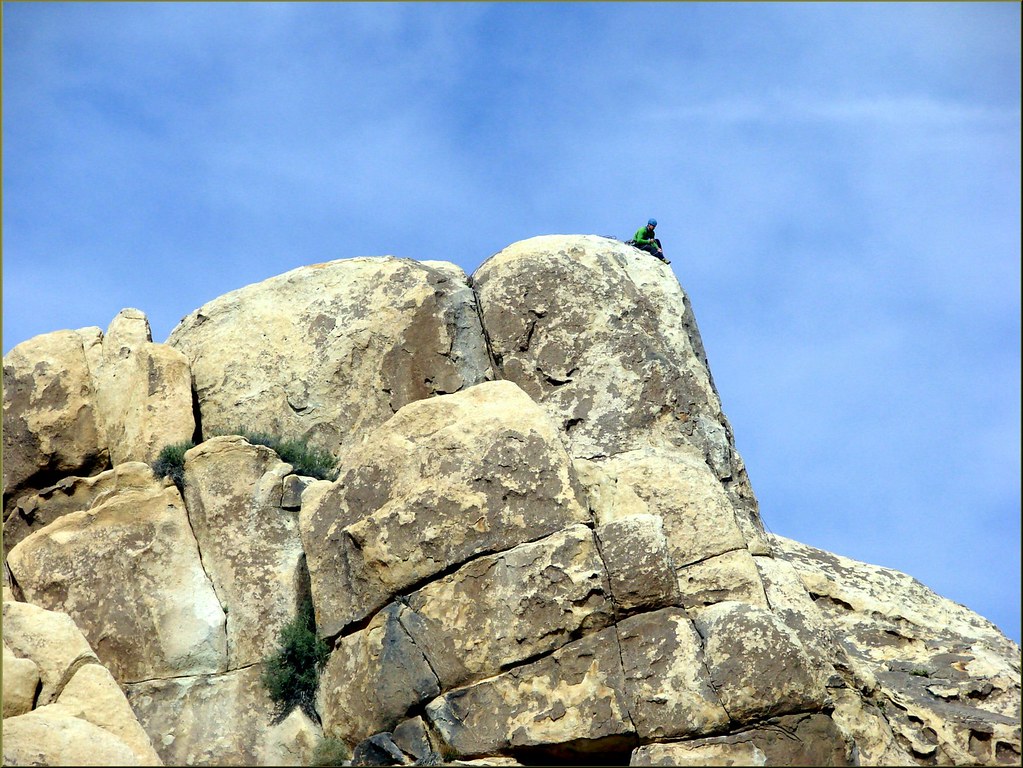
Joshua Tree National Park stands as a desert climbing paradise with over 8,000 established routes ranging from beginner-friendly boulders to challenging multi-pitch climbs. The park’s unique quartz monzonite rock formations offer excellent friction and countless crack systems that have made “J-Tree” a world-renowned climbing destination. Eight campgrounds are scattered throughout the park, with sites like Hidden Valley and Ryan Campground positioned within walking distance of popular climbing areas. The desert climate makes Joshua Tree ideal for weekend adventures during fall, winter, and spring, when temperatures are moderate and the bizarre Joshua trees and dramatic boulder formations create an otherworldly backdrop for both camping and climbing experiences.
Red River Gorge, Kentucky
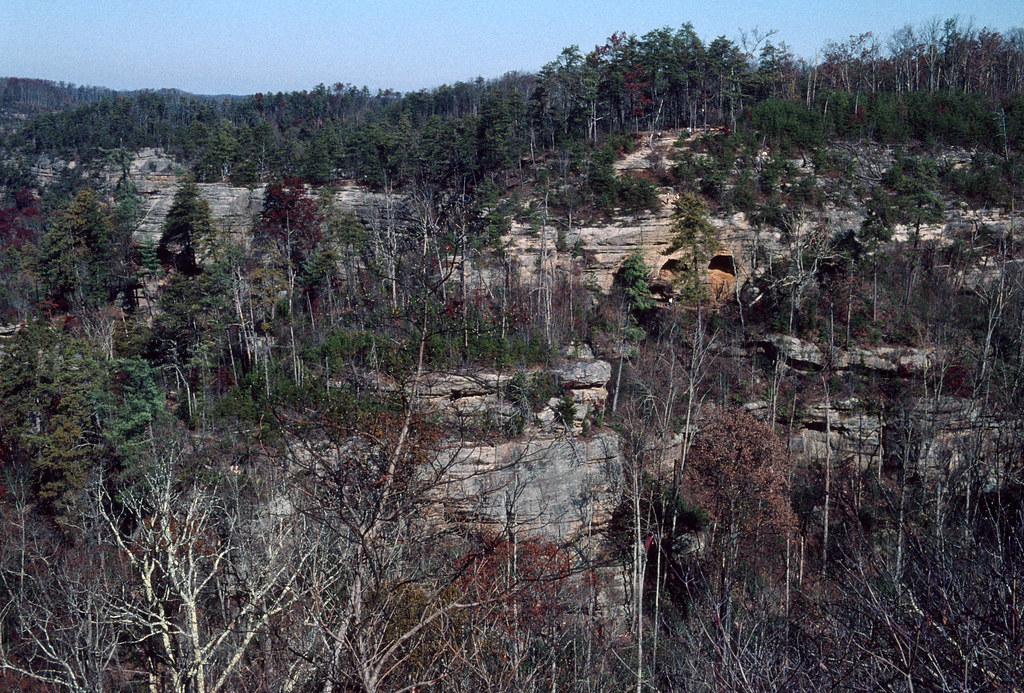
Tucked within the Daniel Boone National Forest, Red River Gorge offers some of the best sport climbing in the United States, particularly known for its overhanging sandstone cliffs and pocketed faces. With over 2,000 routes in a relatively compact area, “The Red” provides climbing options for all skill levels, though it’s especially celebrated for its challenging routes in the 5.10 to 5.13 range. Camping options abound, from developed sites like Miguel’s Pizza—a legendary climber hangout that offers camping for a nominal fee—to primitive camping throughout the national forest. The region’s dense forest canopy, natural stone arches, and winding creeks create a magical atmosphere for weekend warriors seeking both vertical challenges and peaceful camping experiences. Fall brings spectacular foliage that transforms the gorge into a colorful climbing paradise.
Moab, Utah
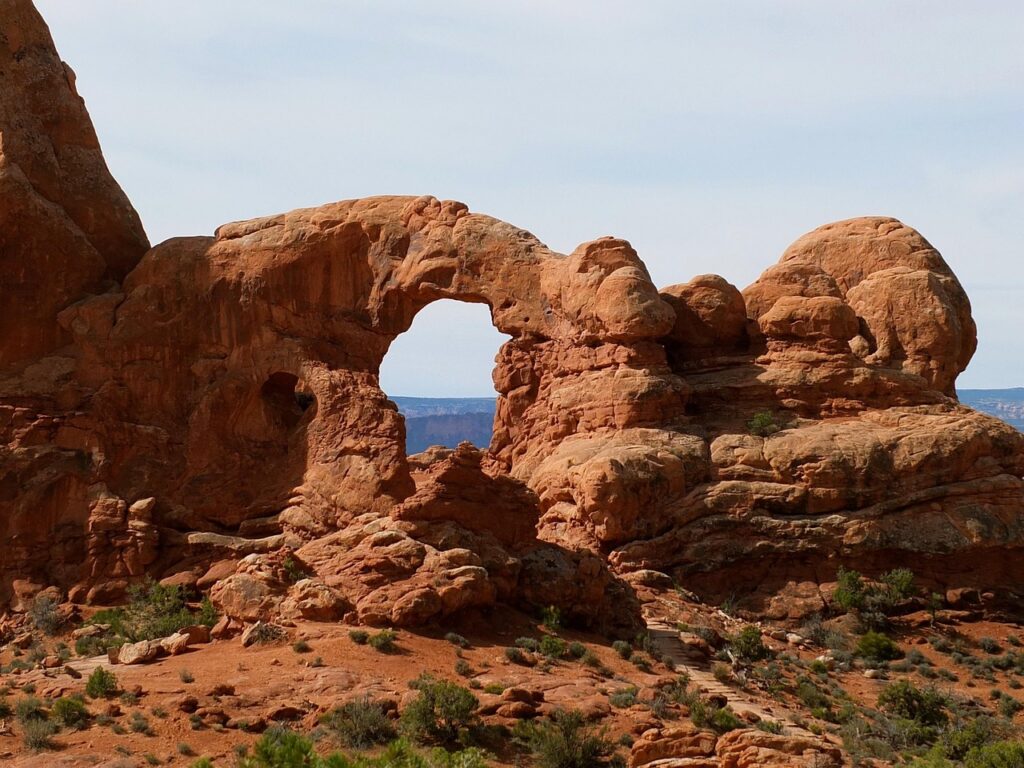
Moab serves as the gateway to some of Utah’s most spectacular climbing and camping opportunities, sitting near both Arches and Canyonlands National Parks. The area offers tremendous diversity in climbing styles, from the crack climbing at Indian Creek to the towers of Castle Valley and the sport routes at Wall Street along the Colorado River. Camping options range from established campgrounds in the national parks to BLM lands that allow free dispersed camping with minimal amenities. The striking red sandstone formations set against deep blue skies create a dramatic backdrop that has made Moab iconic among outdoor enthusiasts. Spring and fall provide ideal conditions when the desert temperatures are moderate, making a weekend trip perfectly feasible for enjoying both vertical adventures and stargazing from your campsite.
New River Gorge, West Virginia

The New River Gorge combines Appalachian beauty with world-class climbing on its hard Nuttall sandstone cliffs. With over 1,600 established routes, most of which are sport climbs, “The New” offers technical face climbing that tests both strength and technique. The 2020 designation as America’s newest national park has increased the area’s popularity, but numerous camping options remain, including the climber-friendly American Alpine Club campground and several National Park Service campgrounds. The gorge’s verdant forests, rushing waters, and biodiversity create a lush environment that contrasts dramatically with western climbing destinations. Fall brings not only ideal climbing temperatures but also spectacular foliage that transforms the gorge into a riot of red, orange, and gold, making autumn weekends particularly magical for camping and climbing combinations.
Yosemite National Park, California
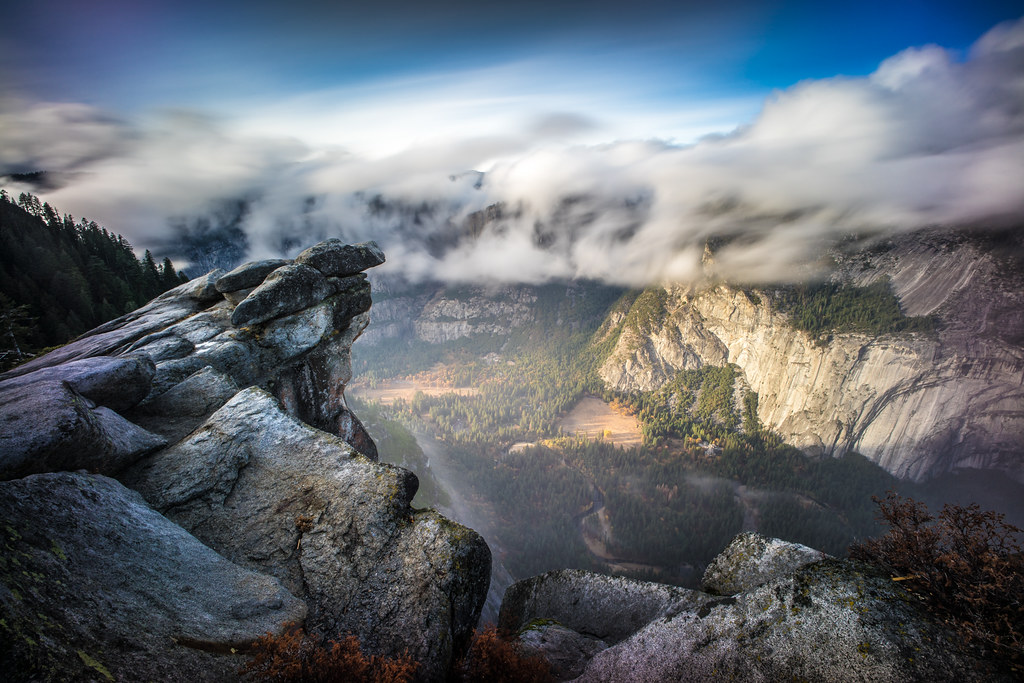
Yosemite Valley represents the historic epicenter of American rock climbing, with its towering granite walls that have challenged climbers for generations. While multi-day big wall climbs like El Capitan require more than a weekend, the valley offers numerous single-pitch and multi-pitch routes accessible within a day, particularly around areas like Church Bowl, Five Open Books, and Pat and Jack Pinnacle. Camping reservations in Yosemite Valley are notoriously competitive, but Camp 4—the historic climber’s campground—offers walk-up sites, and other options exist in the greater Yosemite area. The valley’s dramatic waterfalls, lush meadows, and iconic granite formations create an awe-inspiring backdrop that has inspired climbers for generations. Late spring and early fall typically offer the best conditions for weekend warriors seeking to combine camping and climbing in this iconic national park.
Smith Rock State Park, Oregon
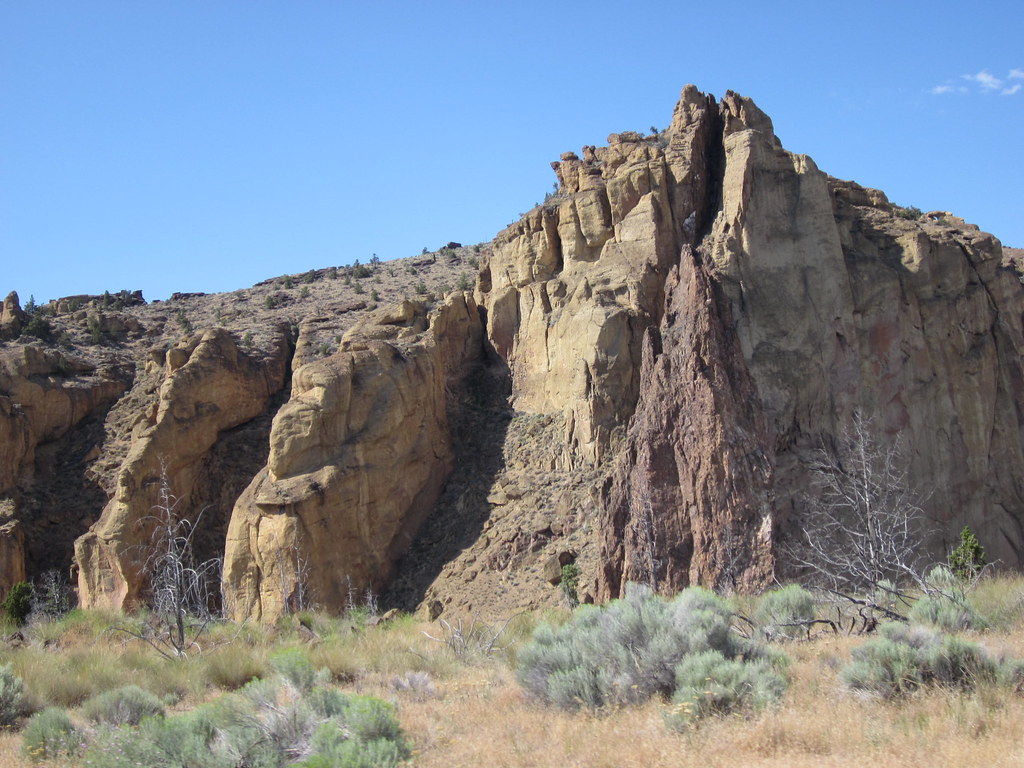
Smith Rock State Park stands as the birthplace of American sport climbing, featuring volcanic tuff and basalt formations that rise dramatically from the high desert landscape. The park offers over 1,800 routes ranging from beginner-friendly climbs to test pieces that pushed the boundaries of difficulty when first established in the 1980s. The walk-in bivouac area provides affordable camping directly within the park, allowing climbers to wake up with immediate access to the crags. Morning light bathes the rock in a golden glow that photographers and climbers alike cherish, while cool evenings offer respite from climbing exertions. Spring and fall provide ideal temperatures for a weekend trip, though determined climbers visit year-round, with summer climbs starting at dawn to avoid the intense afternoon heat.
The Gunks (Shawangunk Mountains), New York
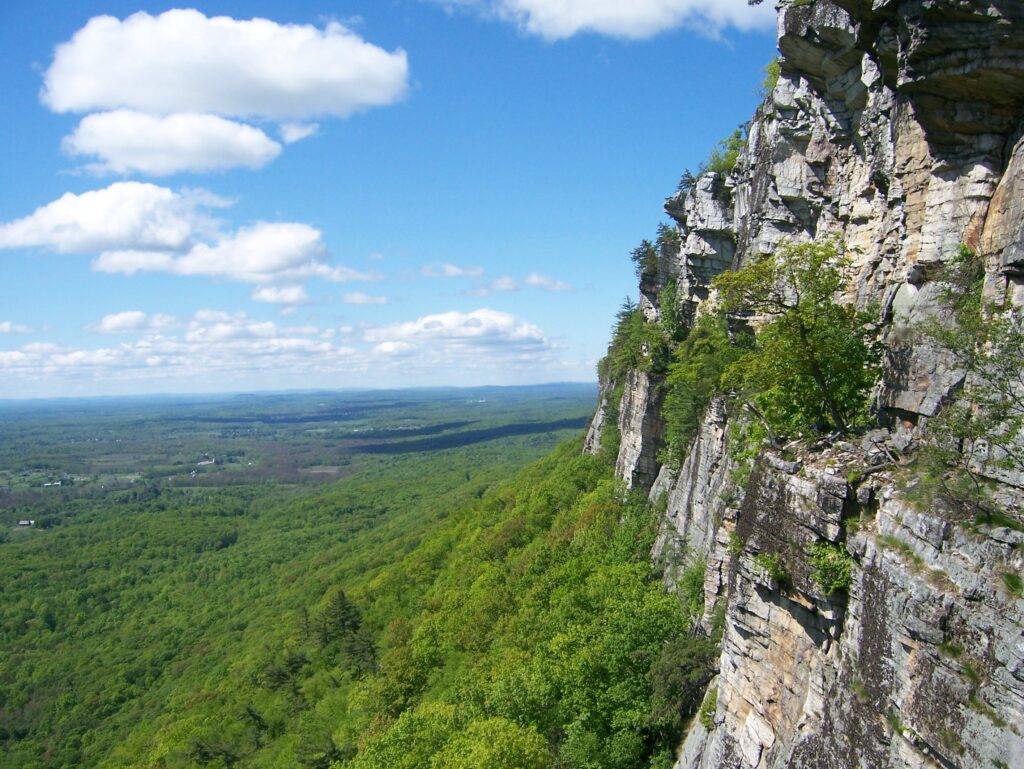
Just 90 minutes from New York City, the Shawangunk Ridge—known affectionately as “The Gunks”—offers some of the best traditional climbing on the East Coast on its distinctive white quartzite conglomerate cliffs. Famous for its horizontal crack systems and roofs, The Gunks features over 1,000 routes, many established in the early days of American climbing. The Mohonk Preserve’s multi-use camping area provides the closest accommodations to the cliffs, with additional options at nearby state parks and private campgrounds. The surrounding hardwood forests burst with color during the fall, creating a spectacular backdrop for climbing adventures. Spring and fall typically offer the best climbing conditions, with cool temperatures that provide excellent friction on the quartzite and comfortable camping experiences.
City of Rocks National Reserve, Idaho
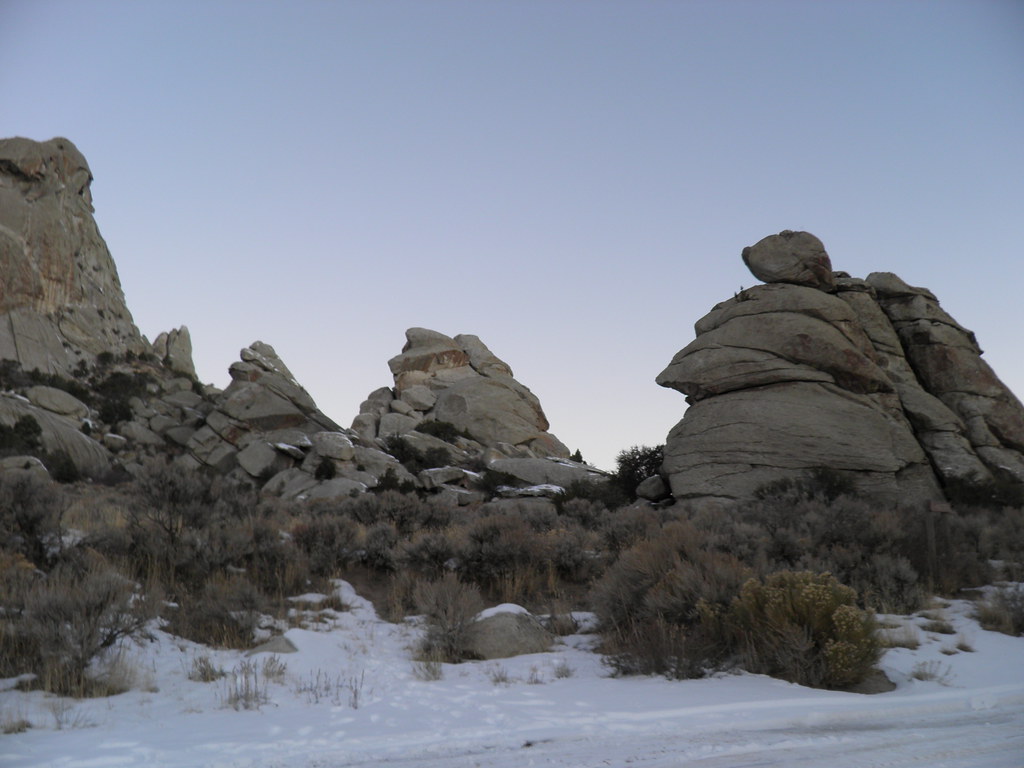
City of Rocks National Reserve presents a surreal landscape of granite spires and pinnacles that offers over 700 routes ranging from single-pitch sport climbs to multi-pitch traditional adventures. The unique “chicken heads” and knobs that characterize many of the routes create a climbing experience unlike any other in the country. The reserve offers 64 campsites nestled among the rock formations, allowing climbers to pitch their tents directly beneath the routes they’ll tackle the next day. The remote location in southern Idaho means dark night skies perfect for stargazing after a day on the rock. Summer and early fall provide ideal conditions for a weekend trip, with warm days, cool nights, and the chance to combine climbing with hiking through aspen groves and exploring the area’s rich pioneer history.
Rumney, New Hampshire
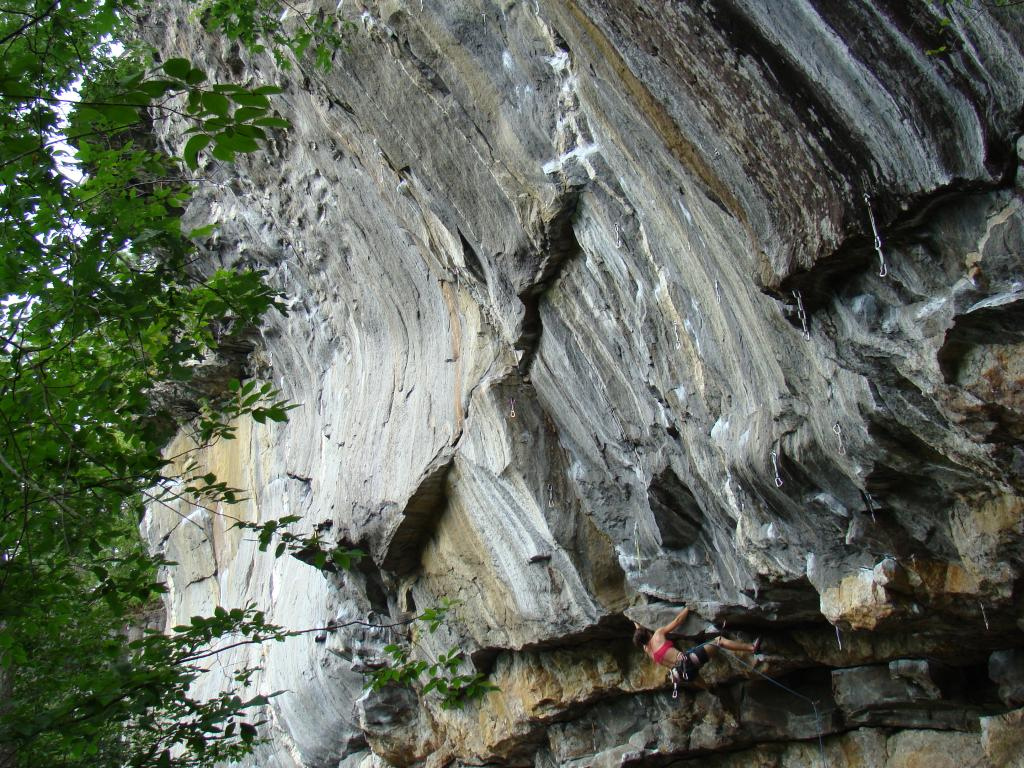
Rumney has evolved into the premier sport climbing destination in the Northeast, with its schist cliffs offering over 800 routes spread across numerous crags on the south-facing slopes of Rattlesnake Mountain. The technical, pocketed nature of the rock creates challenging climbs that have attracted top climbers since development began in the 1980s. The nearby Rumney Campground provides convenient accommodations just minutes from the parking areas, while White Mountain National Forest offers additional camping options. The surrounding New England forests create a picturesque setting that’s particularly stunning during fall foliage season. Late spring and early fall typically provide the best climbing conditions, avoiding both the humidity of summer and the cold of winter, making these seasons ideal for weekend climbing and camping combinations.
Bishop, California
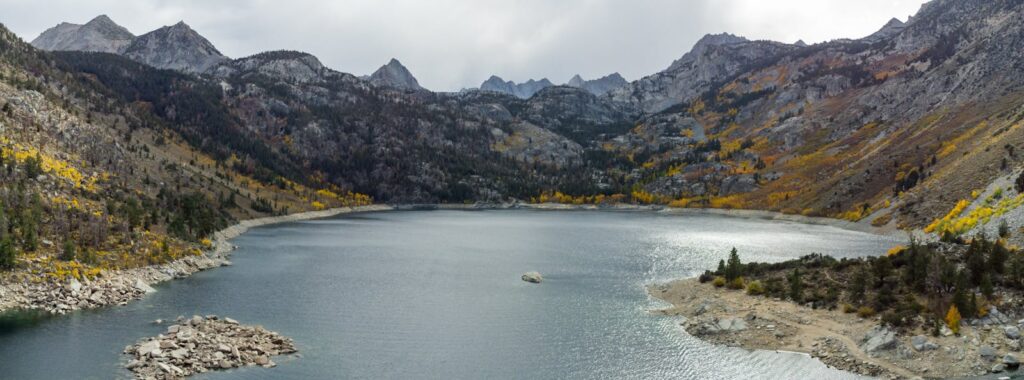
Bishop offers a unique climbing experience with its world-class bouldering at the Buttermilks, featuring massive granite boulders set against the dramatic backdrop of the Sierra Nevada mountains. Beyond bouldering, the nearby Owens River Gorge provides over 400 sport routes on volcanic tuff, while the Happy and Sad boulders offer additional climbing challenges. Dispersed camping is permitted on the surrounding Bureau of Land Management lands, allowing climbers to camp freely near their chosen climbing areas. The high desert climate creates ideal climbing conditions in spring and fall, with winter being surprisingly manageable on sunny days. The area’s stunning landscapes, from snow-capped peaks to desert valleys, provide a spectacular setting for combining camping and climbing in a single weekend adventure.
Ten Sleep Canyon, Wyoming
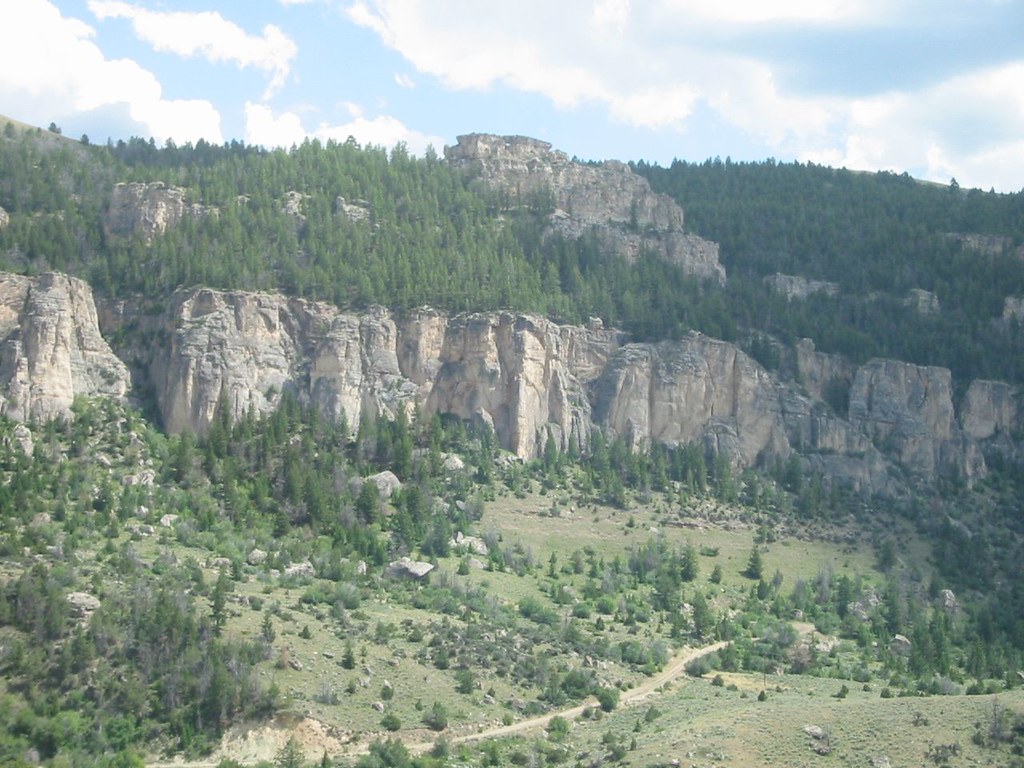
Ten Sleep Canyon has emerged as one of America’s premier summer sport climbing destinations, with over 1,000 routes on its dolomite limestone walls. The canyon’s elevation provides cooler temperatures than many other summer climbing areas, with most routes situated in the shade for at least part of the day. Nearby camping options include the Ten Sleep Creek USFS Campground within the canyon itself and the Sitting Bull Campground just outside the climbing areas. The rugged beauty of the Bighorn Mountains, combined with the small-town charm of Ten Sleep, creates a unique atmosphere that climbers find both challenging and relaxing. Summer weekends are particularly ideal, as the days are long enough to maximize climbing time while the evenings remain comfortable for camping at elevation.
Planning Your Camp and Climb Weekend

Successfully combining camping and climbing in a single weekend requires strategic planning to maximize your time on the rock while ensuring comfortable nights under the stars. Research your chosen destination thoroughly, understanding the approach times to climbing areas and the amenities (or lack thereof) at your selected campsite. Pack efficiently with multipurpose gear when possible, but never skimp on safety equipment or weather-appropriate clothing. For popular destinations, consider arriving Thursday evening or early Friday morning to secure walk-up campsites, particularly during peak seasons. Many experienced climber-campers recommend preparing simple, calorie-dense meals in advance to minimize cooking time at camp, allowing more hours for climbing. Remember that weather conditions can change rapidly in many climbing areas, so always have a backup plan for both climbing objectives and camping arrangements.
Essential Gear for Camp-Climb Weekends

The perfect camp-climb weekend requires thoughtful gear selection that balances climbing needs with camping comfort without overloading your vehicle. Beyond standard climbing equipment (rope, harness, protection, helmet), consider investing in a high-quality but packable sleeping pad that ensures proper rest between climbing days. A compact cooking system like a Jetboil or MSR PocketRocket provides quick meal preparation without taking up precious car space. Headlamps serve double duty for pre-dawn approaches and campsite navigation. Climate-appropriate clothing layers are essential, as many premier climbing destinations experience significant temperature fluctuations between day and night. Dedicated climbing areas often have limited water sources, so collapsible water containers can prove invaluable for extended stays. Finally, a basic first aid kit with climbing-specific additions like tape, antiseptic wipes, and blister treatment can save a weekend when minor injuries occur far from medical facilities.
Combining camping and climbing in a single weekend offers one of the most rewarding outdoor experiences available in the United States. From the desert towers of Utah to the lush forests of West Virginia, America’s diverse landscapes provide endless opportunities for vertical adventures paired with nights under the stars. The destinations highlighted here represent just a sampling of the possibilities awaiting weekend warriors willing to pack their tents alongside their climbing gear. Whether you’re seeking the convenience of campsites within walking distance of the crag or the solitude of more remote climbing experiences, the perfect weekend awaits. As interest in outdoor recreation continues to grow, responsible use of these natural playgrounds becomes increasingly important—pack out what you pack in, respect closures for wildlife or conservation, and contribute to the vibrant climbing communities that maintain these areas for future generations.

